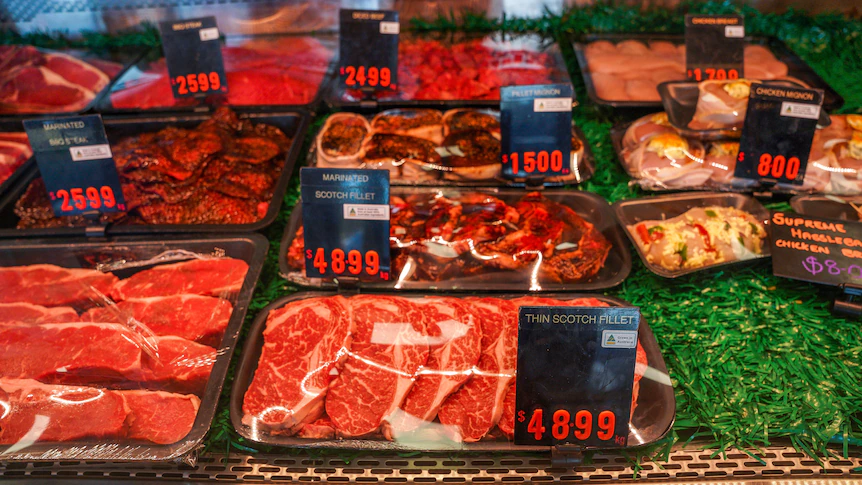



Article by: Hari Yellina
The reduction in global beef supply, as well as the upward pressure on pricing, has created the ideal environment for lining up the ducks on issues such as sustainability and information management. When Justin Sherrard, an international animal protein strategist with Rabobank, appeared at the Northern Territory Cattlemens’ Association conference in Darwin last week, he made a strong case for Australia’s beef industry to be looking at the significant developments occuring right now. “When prices are this low, we should be wondering about how we can seize and manage those changes to create a more affluent future,” he said. “We become less broad minded about how we think about the future as prices change.”
Based in the Netherlands, Mr. Sherrard is in charge of defining the agenda for strategic challenges affecting animal protein firms around the world. Big shifts were in the wind on the global beef landscape at the moment, he said, and the challenge for Australian growers and processors was where to focus. Global beef production is predicted to be somewhat lower than previous year, owing mostly to the United States. Production will increase in Australia and Brazil, two significant exporters, but global markets will remain tight since the US will need to import more. When supply is limited and demand is high, prices are likely to rise.
While this is a bright prognosis, margins are being stretched everywhere throughout the supply chain, and huge issues are arising about how to keep consumers interested as retail beef prices continue to rise, according to Mr Sherrard. Higher energy, fertiliser, and numerous raw material costs, aggravated by the European war, are flowing through and combining with issues like as labour and sustainability, resulting in costs that must be included into beef supply chains on a permanent basis. “We need to look at how long consumers will be ready to spend more for beef, what it is about beef that they like, and how we can offer them more of what makes them feel good about beef consumption while also lowering the prices they must pay.”
Mr. Sherrard used the fashion and finance industries to illustrate how people downstream – beef’s ‘business partners’ – are increasingly interested in learning more about how and where beef is produced. In the United States, a new sustainability act went into effect that requires every fashion firm in New York to know where their raw materials come from. “Almost all of them use leather, so they’ll want to know where it comes from, which involves asking about the manufacturing process,” Mr Sherrard explained. “In the realm of finance, we’re much more interested in what’s going on upstream – where and how the money we’re lending is being used.”
“Globally, ESG (environmental, social, and governance) assets under management are expected to expand from 28% now to about a third by 2025.” Investors are increasingly conducting ESG screenings, and they want evidence to reassure them that what is happening meets these standards. Rabobank, for example, had begun to report on financed emissions, and it was far from the only bank to do so. “The idea is, manufacturers need to consider how data might be used for numerous purposes,” Mr Sherrard added. “They’ll want it to boost production, but it’ll have to be organised so that it can also suit the demands of others farther downstream and possibly lead others in the supply chain.”